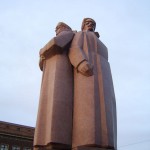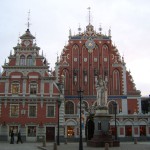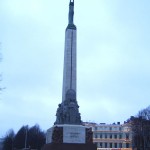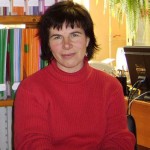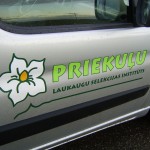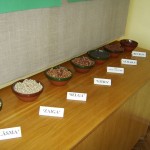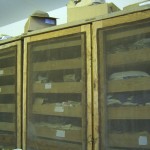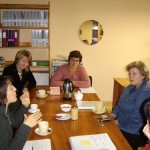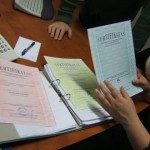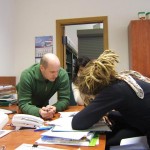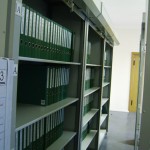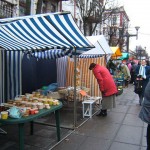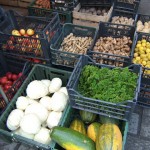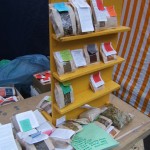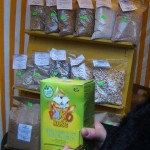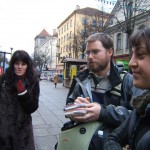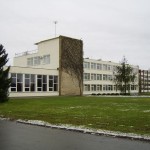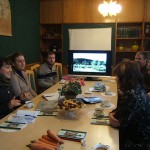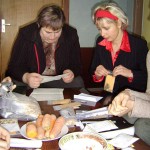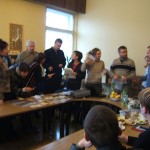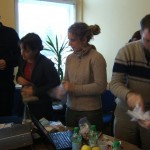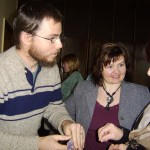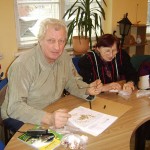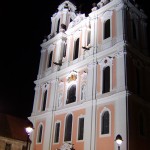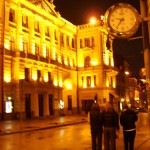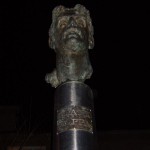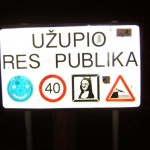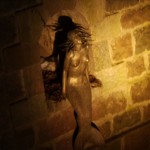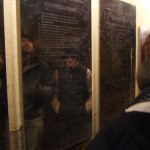Latvia for new year’s eve was a bit more drunken than our other new year’s spent traveling, when we were in Malaysia (2003-04). A few thousand people gathered under the Freedom Monument in the central part of Riga, danced in the street to pop music courtesy of a live DJ, and oohed and aahed at fireworks exploding directly overhead, closer than I have ever seen them. We were in Latvia for about five days, but most of this time was New Year’s holiday celebrations, and so our opportunities for meeting with seed related contacts were minimal.
Photos Left to right: Powerful statues outside the Latvian Occupation Museum, Beautiful Old town Riga, The liberty Statue (where people where once thrown in jail for putting flowers at its base).
Our first impressions of Latvia seemed to indicate that this country was much more economically developed/ “successful” than Lithuania, judging only by superficial views of the size and glitz of Riga compared to Vilnius, the amount of English speakers, and the general cosmopolitan feel of the city. Because of these opinions, we were expecting the Organic scene here to be more mature than in Lithuania, but we learned that in many ways Latvia is on par with Lithuania, and in some ways has further to go in developing organic agriculture, seeds, and markets.
We had the luck of arranging a last-minute visit with Dr. Livija Zarina of the Priekuli Plant Breeding Institute, about a two hour bus ride north east of Riga. The work at the Institute, whose logo is a potato flower, is focused almost entirely on field crops. The state institute of Priekuli owns 286 hectares and grows on an additional 100 hectares rented from neighbors. The six departments at Priekuli include potato, barley, tritcale and rye breeding programs, agrotechologies, seed production of field crops, and a tissue culture lab. They have also managed a small organic experimental field for many years now, which Dr. Zarina counts as one very important aspect of Priekuli, “We are really rich. Not many places have this, but in ours, it exists.”
Photos right to left: Dr. Zarina our host at the Plant Breeding Station, A beautiful Potato flower for a logo, Display of their pea breeding accomplishments, Short term seed storage, Latvia’s main organic certification office.
Dr. Zarina is the Head of the Agrotechnology Department, and her work is focused mostly on canola. She is also involved in an intensive study that, for at least the past ten years, has been trying to establish a system of crop rotation that is beneficial for fertility needs of organic production of Latvia’s main field crops of rape, rye, barley, peas, and a few others. The experiments are evaluating six fertilizing schemes and soil management practices with 11 different crop rotations.
